Last year over 22,500 people attended 2015’s London Coffee Festival, with that in mind I bought tickets for the Sunday brunch session between 10:00am-13:00pm in the hope that I might catch a slightly quieter period of the festival. As it turns out the UK is pretty passionate about coffee no matter what time or day you try to attend its premier coffee festival. With 50% of the standard ticket sales being donated to Project Waterfall, which helps to provide clean drinking water to communities in Rwanda, Ethiopia and Tanzania, I guess that’s a pretty good thing that it attracts so many followers. So once again it was time to drink some coffee in the name of charity (…and, well you know fun).
Last year I read through the London Coffee Festival’s website, noting down what was on and when, so I wouldn’t miss out on any of the highlights. This year however, I found it a little more difficult to work out the timings of when some things were on, a lot of stuff appearing to be on at irregular intervals throughout the weekend. I can only assume this was to help those with specifically timed tickets not missing out on any of the major attractions. It also appeared that this was going to be in many ways a much larger and more inclusive festival featuring additional exhibitors from the beverage, tea and chocolate industries, as well as taking up additional space in the downstairs of the Truman Brewery, which had only been previously used by Milk & Sugar for its creative exhibitors.
Arriving for opening time we went in search of a much needed cup of coffee and it didn’t take us long to stumble upon our first exhibitor.
Arriving at the stand we were greeted immediately with a choice of freshly brewed Cachoeirinha a pulped natural red catuai from Brazil and Kiriani AA a fully washed SL28 from Kenya. Joking about my ongoing struggle with Kenyans it seemed a fitting place to start my festival. Now if you asked me what my favourite fruits are, I’m likely to profess my love for red berries, strawberries, raspberries etc and this coffee was just that, a jammy mouthful of strawberries and raspberries. I was a little taken aback, it was lovely and I hadn’t quite expected that, not a bad start to the festival I thought to myself.
I made a point of pointing out how good this Kenyan was to my girlfriend and so we swapped cups, as she’d selected the Brazilian as her first choice. I had an interest in trying the Cachoeirinha because it’s the same coffee that was chosen to be blended with Damson Chocolate’s 70% Fazenda Camboa in a collaboration chocolate/coffee bar and I had a suspicion I’d be purchasing one of these before the day was out. The Cachoeirinha was as I suspected, nutty, chocolatey, sweet, all the flavours I’ve come to expect from this origin, understandably a perfect set of flavours to combine with single origin Brazilian cacao.
It was hard to dispute how good the Kiriani AA was, but after all this was the first coffee of the festival and there was bound to be a lot of other great coffees at the festival too, so we made a mental note and went to find our next stop. You’ll notice in the above picture there was still bags for retail when we left.
You might be asking yourself, who is the Beam Group and what do they have to do with coffee? I was asking myself the same question, never having heard of them before, but we were drawn in by their selection of fancy brewing equipment and so hovered over to their stand. Here we met Joe who explained that the Beam Group were responsible for managing the in trade brands for Bonavita, KitchenAid and Sage, who all had brewing equipment on display at the stand. Now it’s all well and good having a lot of fancy brewing equipment, but without some good coffee to test them with, they’re pretty pointless, fortunately for all involved the coffee was being supplied by the Department of Coffee and Social Affairs in the form of a Natural Ethiopian Aricha grade 1 from Yirgacheffe.
Joe admitted that he’d never brewed with this coffee before, as it was new for that day and so he’d be sticking to a simple 60g per litre recipe for the brewing, but the idea being that we were going to pit all the brewers against each other in order to see which one was the best. This was going to be a three way competition between the KitchenAid Siphon, the Bonavita 8-cup coffee brewer and a combination of manual brewing equipment, which included the Bonavita Auto Tare Gram Scales with a Bonavita 1.7l Digital Variable Temperature Gooseneck kettle and a Bonavita Wide Base Immersion Dripper. For the first two brewing methods Joe would be using different grind settings on the Sage Smart Grinder Pro to produce the ground coffee.
Starting with the KitchenAid Siphon, owing to it producing a particularly hot cup of coffee, Joe began by showing off the magnetic locking seal that holds the top and bottom compartments together, explaining that this nifty feature helped to prevent some of the awkwardness in handling that you get with a traditional siphon. Joe then lifted off the top compartment and filled the bottom with cold water before replacing the top and adding in the ground coffee. After a couple of minutes distracted setting up the other pieces of brewing equipment, we realised the siphon works better when plugged in, electricity now supplied the brewing was set in motion.
Next was the turn of the Bonavita 8-cup coffee brewer, which was an incredibly simple affair, cold water in, paper filter set and ground coffee added. Joe’s major effort involved holding down the single switch on the machine for 5 seconds to change the setting to pre infusion mode and set the brewing process in motion. Finally it was time to make a manual brew with the Bonavita immersion dripper, while the other two machines did their brewing work independently. The kettle had already boiled and was set to holding at 92oC if I remember correctly, so cup, brewer and filter were placed on the manual scales before adding the ground coffee from the Sage smart grinder. Joe began completing the pour over, with the release clasp on the dripper in place to begin an immersion brew, which is somewhat similar to a french press method, before opening the pour through at the bottom of the dripper to let the liquid pass through the paper filter into the cup. The benefit of the Bonavita dripper over say a clever dripper as Joe explained, is that you don’t need to move the dripper in order to let the liquid out through the bottom.
With all coffees now brewed, it was time for the taste test. What was immediately clear was that each of the brewers, using the same coffee and the same ratio of coffee to water had produced three distinctly separate cups of coffee. While there were some similarities owing to the use of the same coffee, you would have been excused from thinking that these were three completely different cups of coffee. The siphon was the first to be tried after letting it cool a while, its worth noting that with other methods of brewing the water used tends to start at its highest temperature before cooling throughout the process, but in the siphon the water is generally always increasing in temperature and so the resulting cup of coffee sits at about 90oC. Having tried coffee from a traditional siphon before I was aware to expect tea like qualities, a little less body and a more delicate feel of coffee. This siphon produced a cup that was somewhat tea like, but not as much as I had expected, although this was definitely the most floral of the three cups brewed and also the most delicate.
Next to try was the Bonavita 8-cup brewer, which produced a great all round cup of coffee, similar to a well brewed Hario V60, this cup had it all, body, sweetness, acidity and balance, there was little to fault in this cup. Finally we tried the manual pour over, which if I’m honest while nice, tasted a little on the stewed side, with a slightly sour acidity. It’s not that this method is without merit, it’s just that the recipe and the timings probably needed tweaking, after all this was the first attempt at brewing this coffee with all the available brewers. All of us agreed that the Bonavita 8-cup brewer had won out over all, which was worrying for those of us that like to get hands on with the brewing process, as the option that required the least effort and intervention was essentially the winner of best brew. So if you have a small office, or just an insatiable appetite for coffee, or you like great coffee but don’t have the patience to make pour over after pour over, then maybe you ought to start thinking about investing in a Bonavita 8-cup brewer.
On our way through to see the guys at Cocoa Runners we popped through Hotel Chocolat’s School of Chocolate, which was a little busy and with us having our own Roast & Conch in Leeds we grabbed a quick piece of their Colombia Aractaca 75% to try as we hadn’t tasted it yet, before ducking and diving through the crowd on our way. The tasting notes read ‘Aracataca has an outburst of grapefruit and dried raisin with undertones of woody acidity finishing with a hint of roasted notes and a trill of coffee’ and they’re pretty accurate, something I’ll definitely have to revisit.
http://www.hotelchocolat.com/uk/
While I’m a huge fan of coffee, any of you who read this blog will appreciate I’m also a big fan of chocolate and when you draw the parallels it’s pretty easy to see why. I’ve bought plenty of bars from Cocoa Runners before, too many to count and so it was nice to see them attending the festival alongside all the great coffee on offer. Approaching the stand it was a little busy and with them giving out free samples of chocolate it wasn’t difficult to see why, as I arrived they had a Venezuelan Hacienda El Rosario from chocolate makers Chocolat Bonnat on offer, so I grabbed a piece to try. I’ll be honest I forgot to write down what it tasted like, so you’ll have to go off the makers notes for now, but I do remember thinking it was so great that I wanted a bar.
Cocoa runners were offering four bars for the price of three on the stand, with the cheapest bar free and for those who know anything about the bars that they were selling they will appreciate that all of these were going for a steal. Without hesitation I set about selecting my four bars, picking up a 70% Raw Ecuadorian from Pacari, a 70% Madagascan from Lucocoa, the infamous Cafe Brasil collaboration bar from Damson Chocolate and Notes coffee and of course the Hacienda El Rosario from Chocolate Bonnat. I’ve not had good experiences with raw chocolate so far and so was interested to try Pacari’s raw bar, as it had picked up a gold from the International Chocolate Awards, which was enough to convince me to give it a try, as well as being excited to try Lucocoa’s Madagascan chocolate bar, which is sweetened with both lucuma and coconut sugar rather than the traditional cane sugar. Lizzie on the stand was lovely enough to agree to hold on to the bars for me until leaving time, so I didn’t have to carry them through the festival and risk them getting damaged. Plus it was another good excuse to come back later and try some more chocolate on my way out.
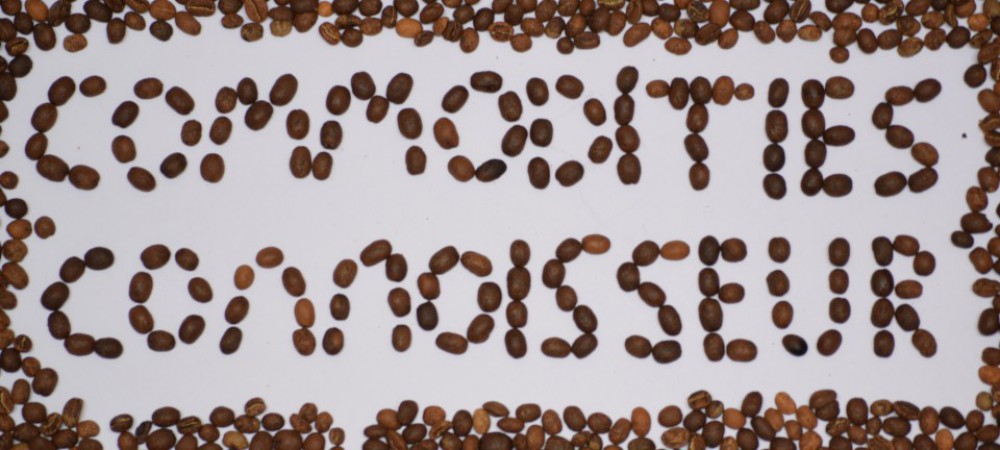
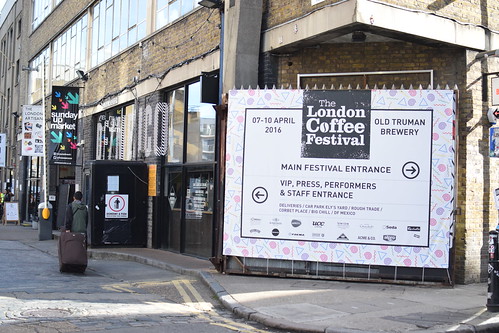


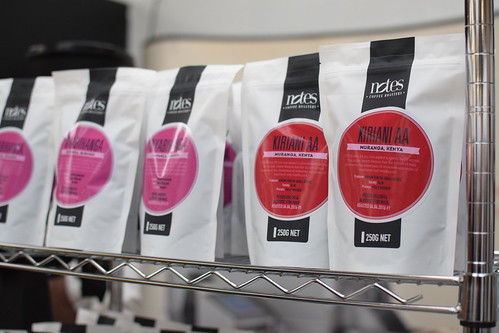


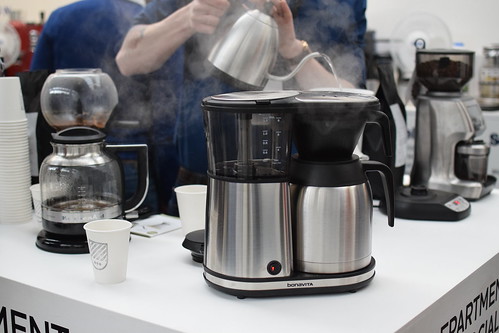
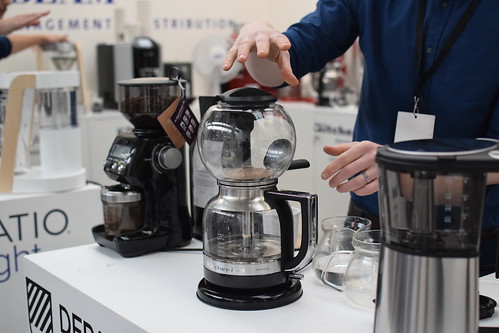

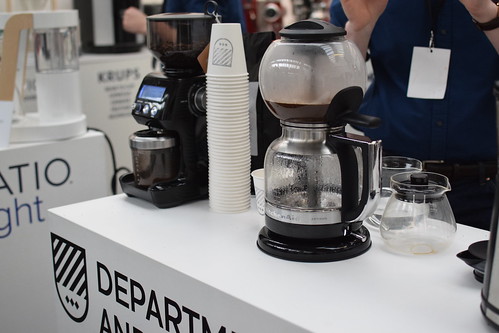

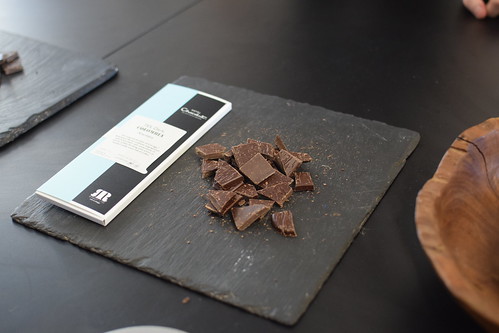
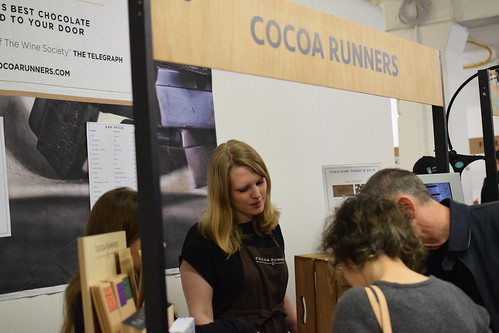
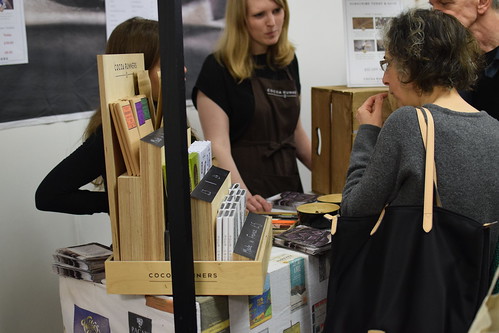

Pingback: London Coffee Festival 2016: Round-up | Brian's Coffee Spot
Pingback: London Coffee Festival 2016: Automatic Filter Machines | Brian's Coffee Spot
Pingback: London Coffee Festival 2016: The Cups | Brian's Coffee Spot
Pingback: London Coffee Festival 2016: The Kit | Brian's Coffee Spot
Pingback: London Coffee Festival 2016: Coffee | Brian's Coffee Spot
Pingback: London Coffee Festival 2016: Coffee Experiences | Brian's Coffee Spot